When Carolyn Leonhardt and her husband, Ted, sold their Seattle graphic design business more than a decade ago, she had no idea she would find herself in the home design/renovation business. After successfully remodeling three small cottages in Napa Valley, word got out and Leonhardt found herself with several clients looking for help with their renovations. And then they led to more projects.
Leonhardt’s remodels are not lavish affairs, but they’re sensibly and tastefully refurbished and have taught her where to spend and where to save. How does she pull it off? As she tells us, “I study the space to understand how it does and does not work, and I try to use what’s there when possible. Sometimes cosmetic work is enough—new cabinets, new appliances, etc. Other times, major surgery is required, but careful planning and smart choices can keep costs down.” Read on to learn Leonhardt’s secrets.
Photography by Douglas Sterling for Remodelista.
Above: In a 1920s Napa cottage, Carolyn Leonhardt opened up the roof and added French doors with transom windows above to let light into the living room.
1. Pay attention to the foundation. If you’re buying a house, ask the agent about setbacks and lot coverage. Not every house is expandable. Always examine the foundation before you buy; replacement is expensive and disruptive. It’s almost always most cost-effective to maintain the footprint and envelope of the existing building.
2. Make at least one spectacular change. I think the biggest bang for the buck is to open up a ceiling. If you have an attic or a pitched roof, it’s likely that you can open it up. It’s not cheap, but it’s life changing.
Above: The doors in this three-bedroom cottage are the standard seven feet tall, but the ceiling was opened up to 15 feet at the highest point to provide a greater sense of space.
3. Keep the same size windows, if possible. That said, you can also make a spectacular change with really big windows or French doors. Increasing natural light is always a good investment. If you have single glass windows—even if they’re in decent shape—it may be worth replacing them with insulated windows, which will save money on heating and cooling and also help reduce sound.
4. Use existing plumbing locations, if possible. In the UK and Canada, plumbing is outside of the building, but in the US it’s in the walls, so changing it requires much more work. (Many houses have a crawl space or a basement, which makes plumbing and wiring more accessible.)
5. Insulate all exterior walls and ceilings. If you open up any internal walls, put in insulation, particularly around bedrooms and bathrooms. It’s cheap and it helps reduce sound.
Above: Custom cabinets in a kitchen with a marble countertop. The existing window above the sink was replaced by one with double-paned glass.
6. If you can afford it, go for custom cabinets. If you’re on a budget, Ikea cabinets are a great buy.
7. Two words about countertops: Remember resale. Spend a little, and it usually pays off in the long run. The newest quartz products (Caesarstone and Silestone, for example) include many lovely and discrete options. Also, Ikea sells great, well-priced Karlby Countertops.
8. Unless you’re a serious cook or money is no object, don’t buy an expensive commercial-style range and fridge. There are many mid-priced, great-looking appliances out there. Appliances are standard sizes, so start with what you can afford, you can always move up later. Save your money for custom cabinets and countertops.
9. There’s a trend now to make kitchens and bathrooms huge, but they needn’t be—after all, they’re also the most expensive to build. Opt for functionality over size. A nice touch in a shared bathroom is a separate room for the toilet. It can be pretty small, but include a window if you can, and if not, add an exhaust fan.
10. Buy a good toilet—the new ones are quiet and use less water. Most showrooms don’t have working models, so be sure to check reviews. The Toto Drake ($306.49 at Amazon) is a favorite of mine. In general, dual-flush models are a good option.
11. Choose shower curtains over custom glass shower doors. Glass doors cost about $1,500; great-looking shower curtains cost next to nothing—and you can change them out regularly to get a new look. Plus, you don’t have to squeegee them every time you take a shower.
Above: Leonhardt turned a small pass-through leading to a kitchen into a study. She painted the space a dark color to make it feel bigger.
12. Study your lighting needs—it’s much more cost effective to introduce lights during a remodel than after. I’m a natural light freak and also a big fan of incandescent lighting, though it’s no longer PC. The good news is that CFLs and LEDs have come a long way in the past few years, and many are available on dimmers. I use dimmers (almost) everywhere. They let you completely control the light and are well worth the extra dollars.
13. Don’t overlook the big-box hardware stores as a source for materials and inspiration. Home Depot has Velux skylights, Daltile tiles, Kohler cast iron bathtubs and sinks, and a pretty decent selection of kitchen and bathroom faucets.
14. Spend on door hardware, light fixtures, and faucets. Details that get used daily need to be not only good-looking but also durable.
15. Never underestimate the transformative powers of color. Paint offers immediate gratification, even the good stuff is relatively inexpensive, and a careful amateur can do a good job. Hate your house? Try paint first.
Interested in seeing one of Leonhardt’s houses? Go to Spring Street Cottage in St. Helena. On Gardenista, have a look at a 186-square-foot garage remodeled into a guest cottage, aka The Grottage.
N.B.: This post is an update; the original story ran on May 14, 2014.


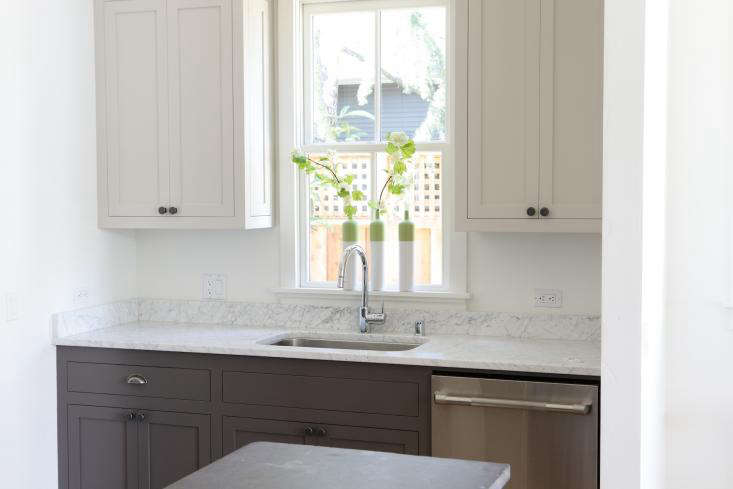
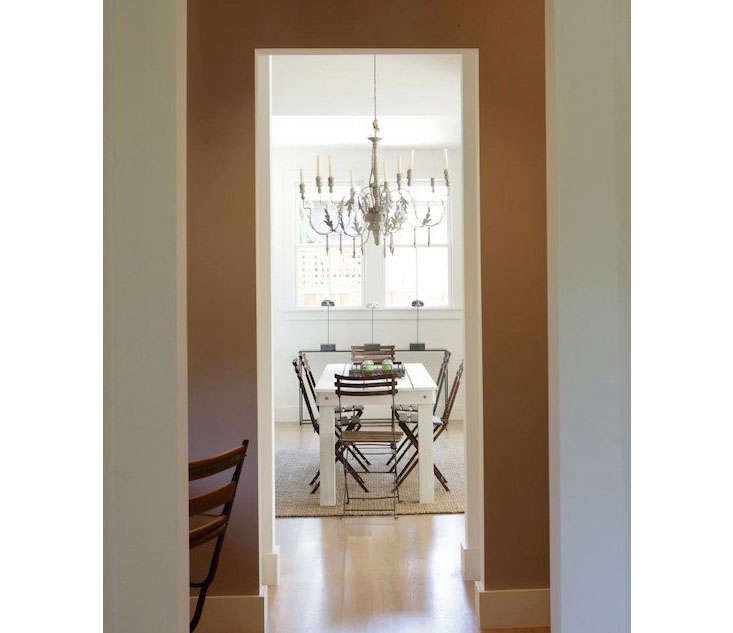

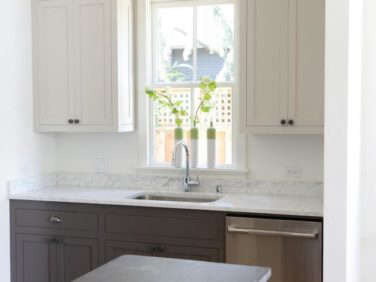
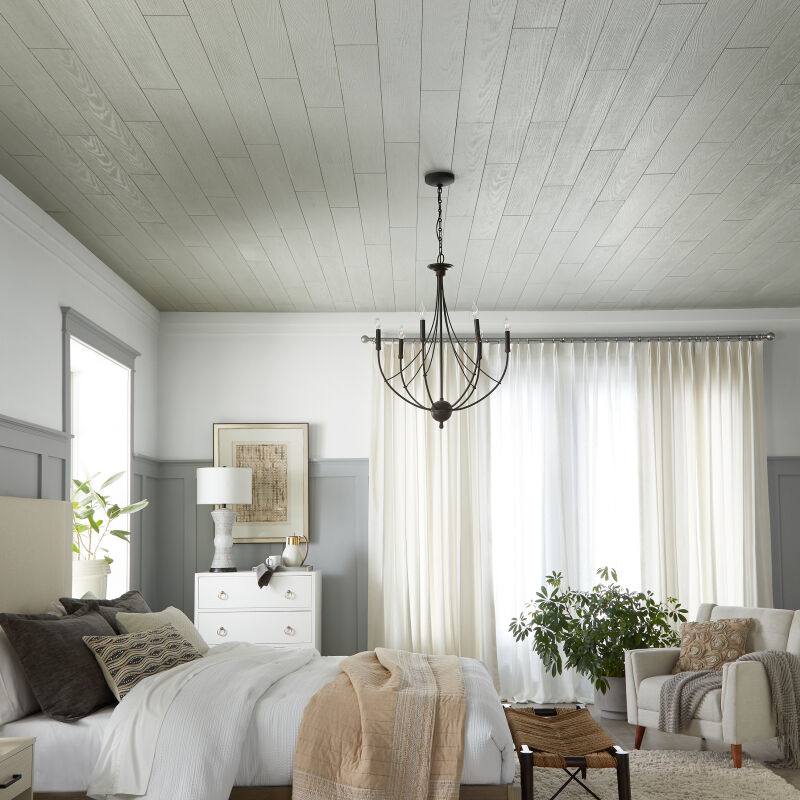
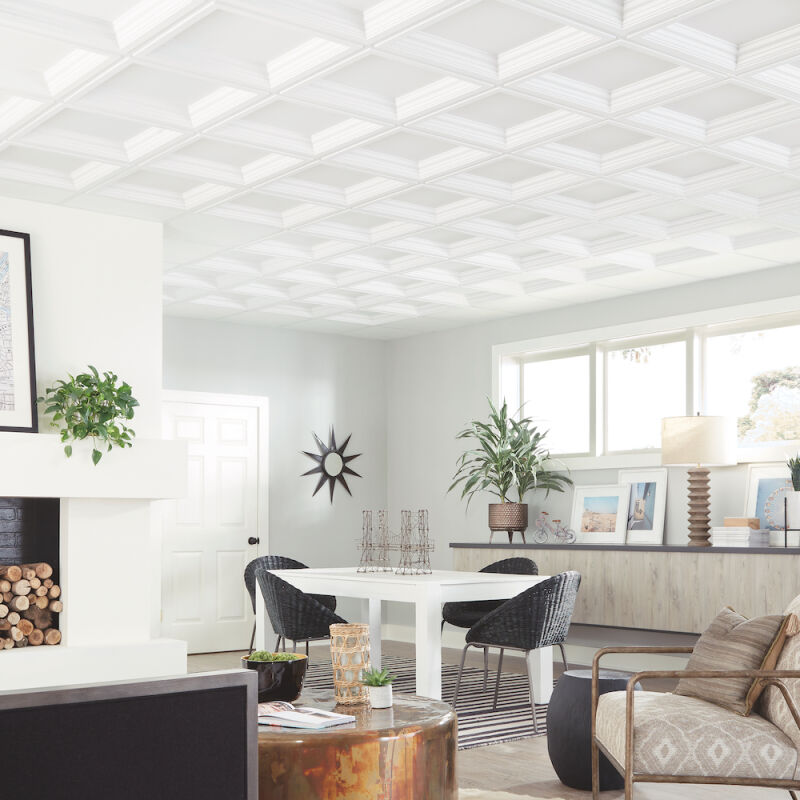
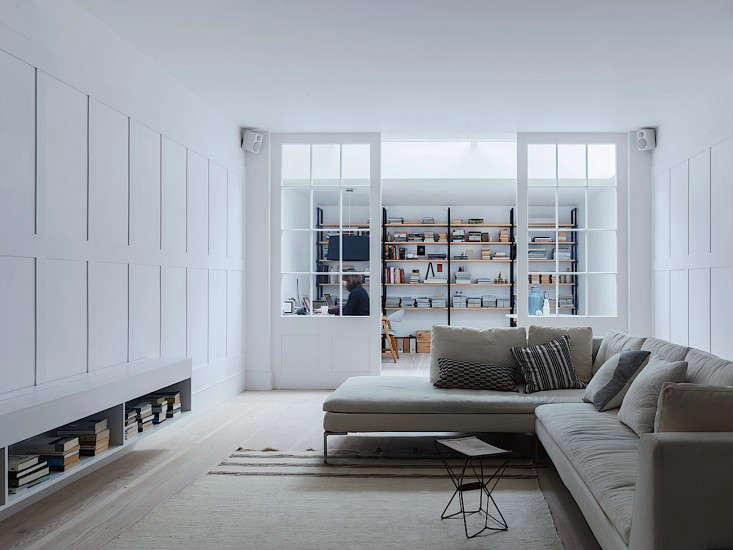

Have a Question or Comment About This Post?
Join the conversation (34)